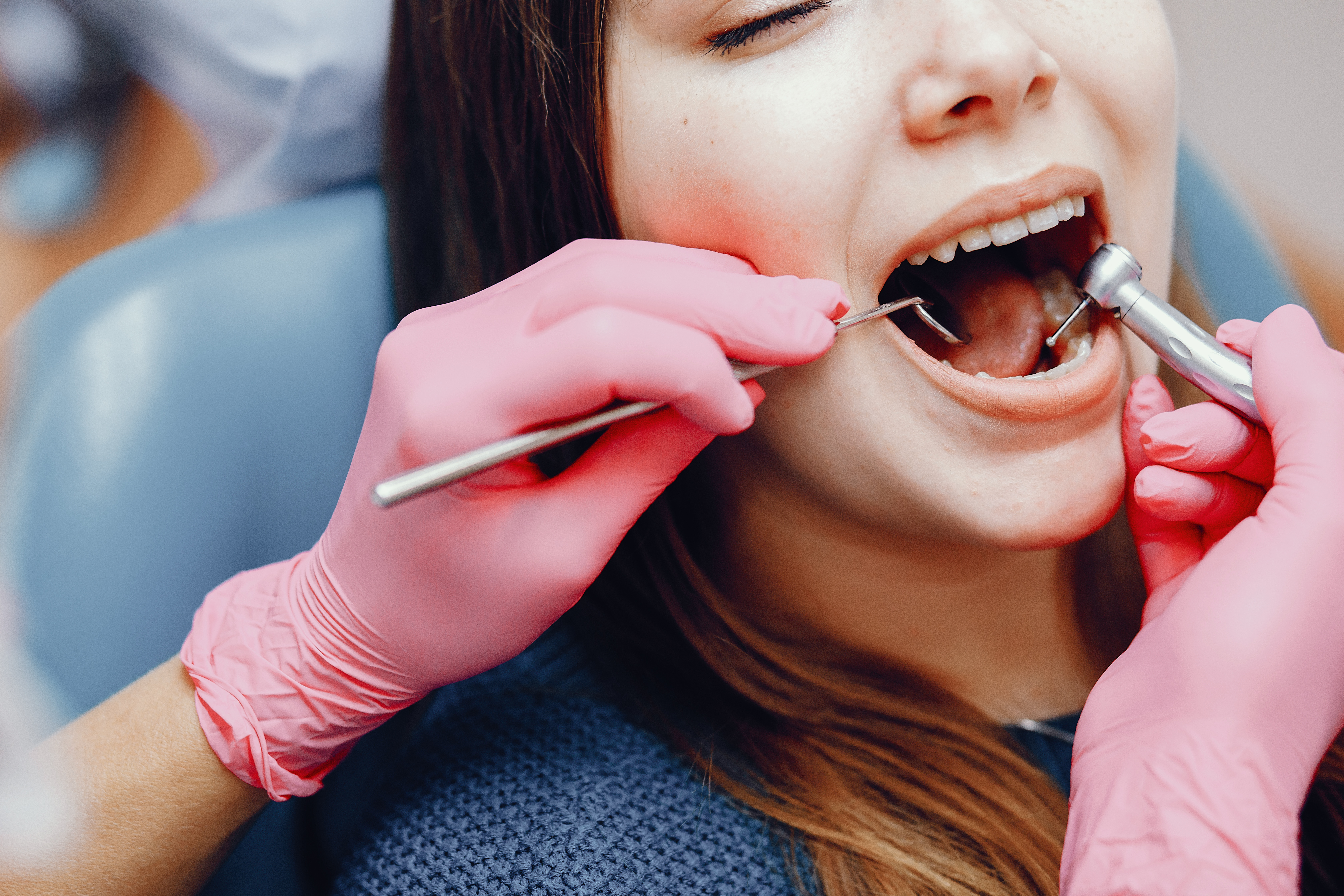Inlay-Onlay Fillings: A Professional Guide

Inlay-Onlay Fillings: A Professional Guide
Inlay and
onlay fillings are two common dental procedures used to repair damaged teeth.
They are often used as an alternative to traditional fillings because they are
more durable and can be custom-made to fit the exact shape of the tooth. Inlay
and onlay fillings are also known as indirect fillings because they are made in
a dental lab and then cemented onto the tooth.
Inlay
fillings are used to repair damage to the inside of the tooth, while onlay
fillings are used to repair damage to the cusps, or the raised points on the
tooth's surface. Both types of fillings are made from porcelain and composite
resin materials, and are designed to match the color of the surrounding teeth.
Inlay and onlay fillings are a popular choice for patients who want a more
natural-looking and long-lasting solution to tooth damage.
Overall,
inlay and onlay fillings are a great option for patients who want a durable and
natural-looking solution to tooth damage. They are custom-made to fit the exact
shape of the tooth, and are designed to last for many years with proper care.
If you are experiencing tooth damage, speak to your dentist about whether inlay
or onlay fillings may be right for you.
Fundamentals
of Inlay and Onlay Fillings
Definition
and Types
Inlay and
onlay fillings are often recommended to patients with moderate to severe tooth
decay. Inlay and onlay fillings are a type of indirect filling that are
custom-made in a dental laboratory. They are used to repair damaged teeth that
cannot be restored with traditional fillings.
Inlay
fillings are used to repair cavities that occur within the cusps of the teeth.
Onlay fillings, on the other hand, are used to repair cavities that occur on
the cusps of the teeth, as well as the sides and chewing surfaces. Inlay and
onlay fillings are typically made of porcelain and composite resin.
Comparison
with Traditional Fillings
In contrast
to traditional fillings, inlay and onlay fillings offer several advantages.
Firstly, they provide a more precise fit, which minimizes the risk of further
decay. Secondly, they are more durable. Thirdly, they are less likely to cause
tooth sensitivity, as they do not expand and contract in response to
temperature changes like traditional fillings can.
Materials
Used
The materials
used to make inlay and onlay fillings vary depending on the patient's needs and
preferences. Porcelain is a popular choice as it closely resembles natural
tooth enamel in color and texture. Composite resin is another option that is
more affordable and can be color-matched to the patient's teeth. Gold is also
an option, although it is less commonly used due to its high cost and
noticeable appearance.
In
conclusion, inlay and onlay fillings are an effective and long-lasting solution
for repairing moderate to severe tooth decay.
Clinical
Procedures and Considerations
Indications
for Use
Inlay and
onlay fillings are indicated for the restoration of large cavities or decayed
teeth that cannot be restored with a simple filling. They are also used to
replace old, worn-out fillings or to repair teeth that have been cracked or
fractured. Inlays and onlays are a good option for patients who want to
preserve as much of their natural tooth structure as possible, as they require
less removal of healthy tooth material compared to traditional fillings.
Preparation
and Fitting Process
The
preparation and fitting process for inlay and onlay fillings involves several
steps. First, the dentist will numb the area around the tooth and remove any
decay or old filling material. They will then take an impression of the tooth
and send it to a dental laboratory, where the inlay or onlay will be
custom-made to fit the patient's tooth precisely.
Once the
inlay or onlay is ready, the dentist will place it onto the tooth and check the
fit and bite. Adjustments may be made to ensure a comfortable and functional
fit. Once the perfect fit is achieved, the inlay or onlay will be bonded to the
tooth with dental cement.
Aftercare
and Longevity
After getting
an inlay or onlay filling, patients should avoid eating hard or sticky foods
for a few days to allow the cement to set properly. Proper oral hygiene,
including brushing and flossing, is important to maintain the longevity of the
filling. Regular dental check-ups are also necessary to ensure the filling is
still intact and functioning correctly.
Inlay and
onlay fillings are durable and long-lasting. However, they can still wear down
over time and may need to be replaced eventually. Patients should contact their
dentist if they experience any discomfort or notice any changes in their
filling.
- Veneer & Smile Design: Enhancing Your Smile with Precision
- Emax Crowns: A Guide to the Latest Dental Technology
- Zirconium Crowns
- Digital Smile Design: Enhancing Your Smile with Technology
- Hollywood Smile
- Tooth Diamond, Tattoo, and Dental Grillz: A Professional Guide
- Implant Treatments
- General Anaesthesia: A Professional Overview
- All-on-4 vs All-on-6 Implant Treatment Options: Which is Right for You?
- Jaw Tumor and Fracture: A Professional Overview
- Snoring Treatment
- Temporomandibular Joint Issues
- Surgical Procedures
- Bad Breath Treatment: Effective Solutions for Fresher Breath
- Dental Spa: A Professional Approach to Oral Health
- Teeth Grinding: Causes, Symptoms, and Treatment
- Periodontology (Gum) Treatments
- Gum Aesthetics – Pink Aesthetic
- Restorative Dentistry
- Inlay-Onlay Fillings: A Professional Guide
- Sensitive Dental Treatment: Tips for Managing Pain During Procedures
- Orthodontic Treatment
- Clear Aligners (Invisalign): The Transparent Alternative to Traditional Braces
- Endodontics: What You Need to Know About Root Canal Treatment
- Pedodontics (Pediatric Dentistry)
- Prosthetic Treatments in Dentistry: A Comprehensive Overview
- Teeth Whitening
